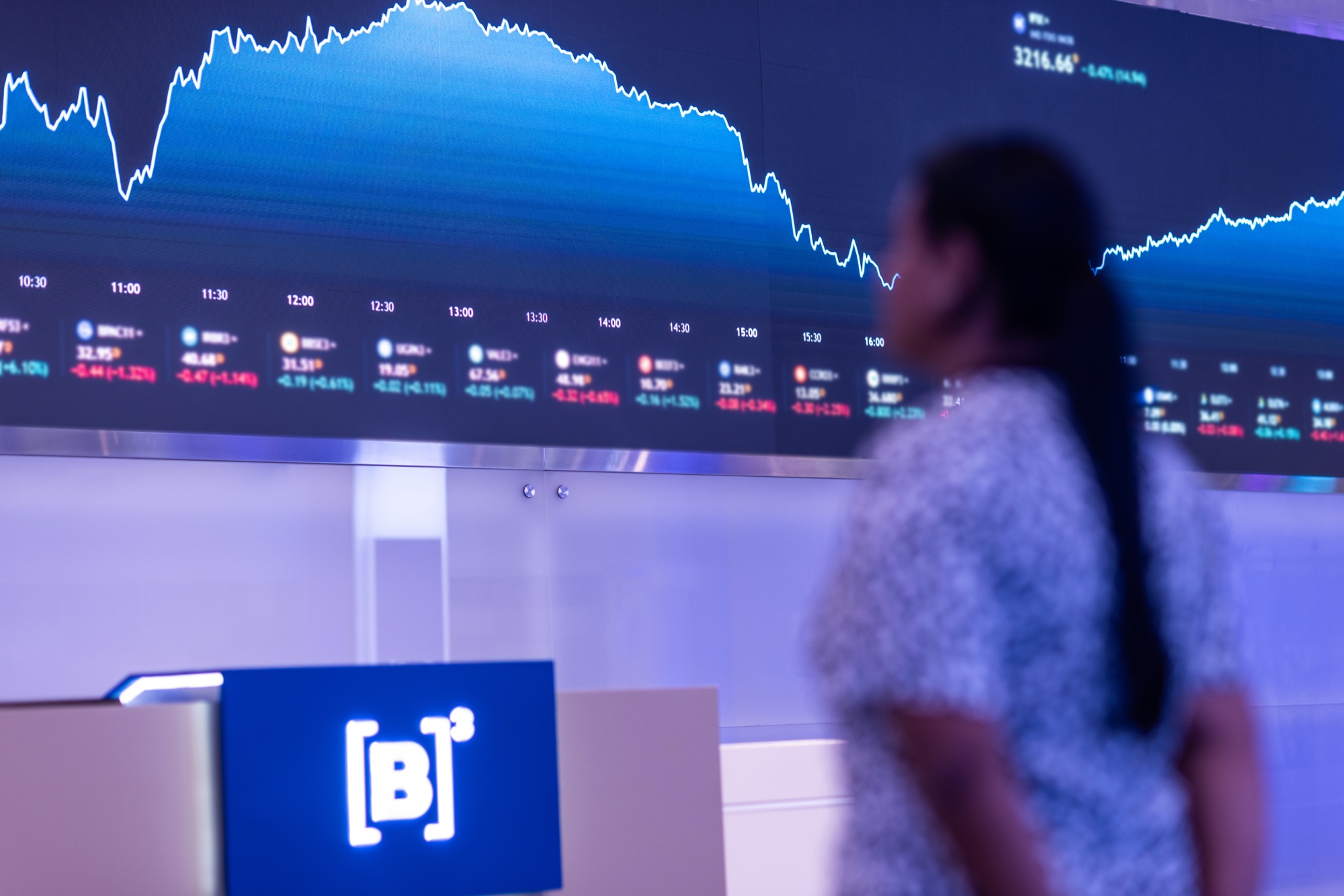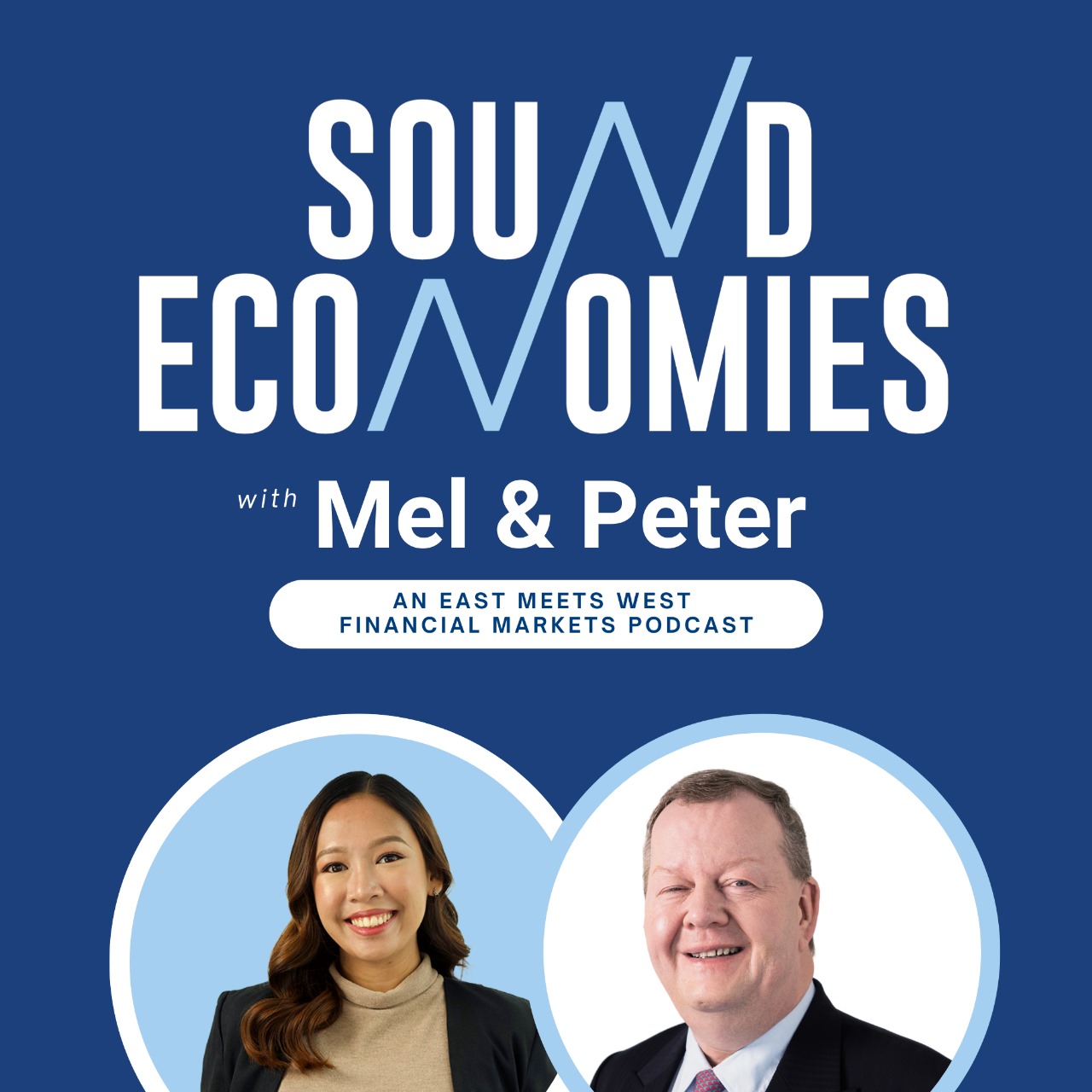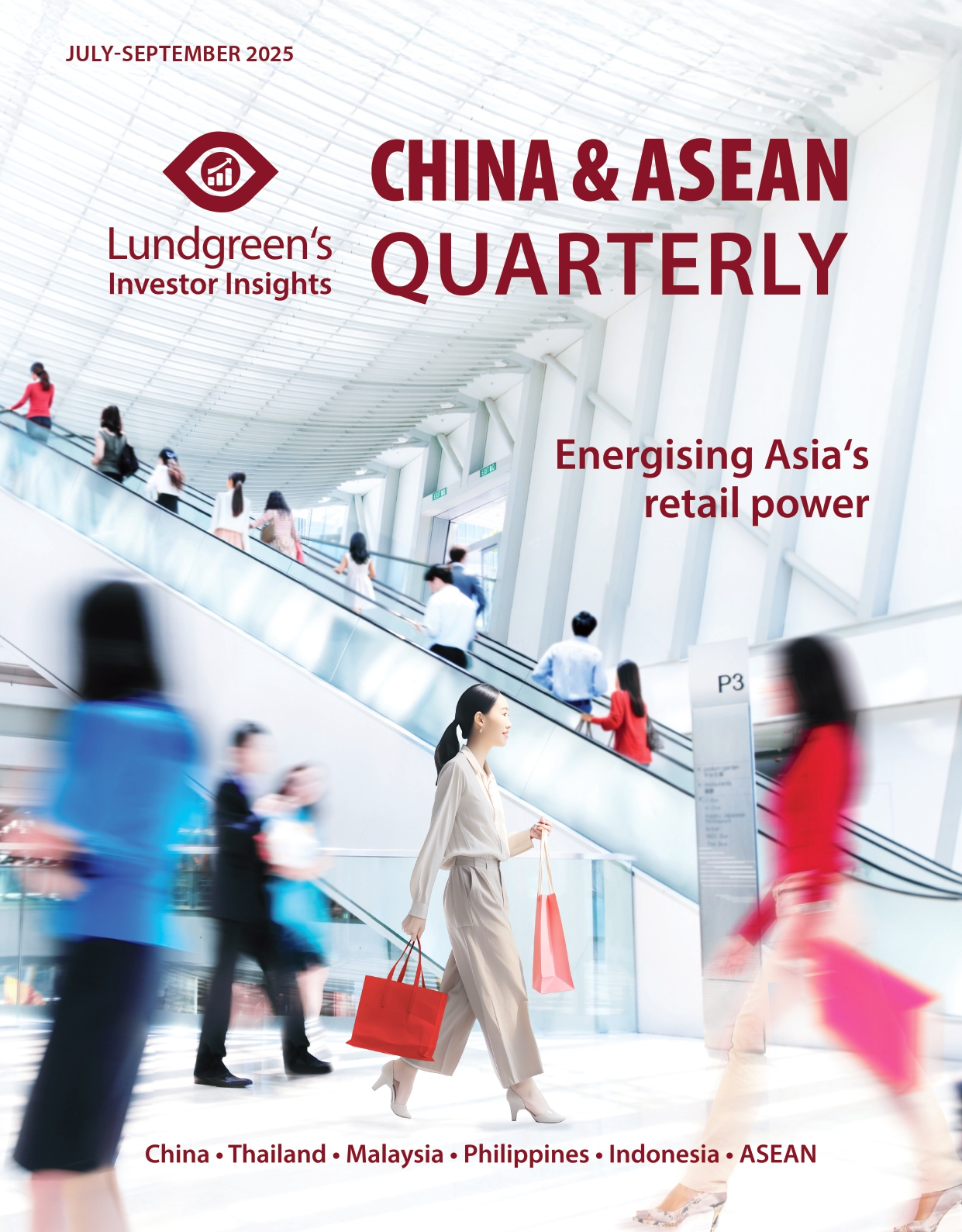Brazil’s small-cap stocks shine amid political risks
Strong domestic momentum and improving fiscal perception are boosting small-cap stocks in Brazil, but high interest rates, political uncertainty, and trade tensions still weigh heavily on the investment landscape.
In Brazil, stocks of small-capitalization companies, or small caps, have a market value under BRL 10 billion (USD 1.87 billion). These firms usually have lower liquidity and tend to be more sensitive to interest rate fluctuations. Although more volatile than large caps, small caps often benefit from domestic growth momentum, expectations of interest rate easing, capital outflows from the US, and general shifts in the political landscape. Together, these factors create favourable conditions for investing in small-cap companies.
Some avenues for investing in these small but high-growth businesses include the STOXX Brazil Small Cap Index and the MSCI Brazil Small Cap Index, which track the performance of smaller, domestically-oriented Brazilian companies with strong potential for expansion such as SMLL11.
Graph 1 compares this year’s monthly performance of the SML11 and of the benchmark Bovespa Index (IBOV), which tracks the performance of the most traded shares on the Brazil Stock Exchange. At first glance, small caps appear more volatile and therefore riskier than the IBOV. However, while the Ibovespa reflects global macroeconomic trends, small caps are more directly tied to the domestic economic and political developments. Despite Brazil’s currently unstable political climate on top of a turbulent international landscape triggered by US President Donald Trump’s tariff hikes and his political clash with the Brazilian Supreme Court, the SML11 stands out in a positive manner.

For instance, April saw the SMLL11 surge by 8.4 per cent while IBOV posted a comparatively meagre 2.4 per cent increase. It was that month when Trump announced sweeping import tariffs on Brazil-made goods, which sent shockwaves across global stock markets as well as the IBOV. Meanwhile, Brazil surprised with modest advances in its fiscal agenda – mainly towards the reduction of its budget deficit – that improved the risk appetite towards the economy and fuelled significant foreign capital inflows into the local stock market.
Brazil keeps growing
Brazil managed a GDP growth of 0.4 per cent in April-June against the previous quarter, supported by expansions in Services (0.6 per cent) and Industry (0.5 per cent). This resulted to a cumulative growth of 2.5 per cent for the first half of 2025. This upbeat momentum positions Brazil as an attractive destination for investors, particularly those with higher risk tolerance in search for long-term positions.
The combination of steady economic growth and strong capital inflows makes Brazil one of the most promising emerging markets. That said, growth has been decelerating under the weight of restrictive monetary policy, with interest rates still at 15 per cent while the rest of the world, including the US, is on rate cut mode. However, declining inflation, as illustrated in Graph 2, and early signs of an economic slowdown has allowed Brazil’s central bank to pause its interest rate hikes. In its latest statement, Brazil’s Monetary Policy Committee (Copom) pointed to heightened price uncertainty stemming from the US’ protectionist trade policy as a key risk but signalled its intention to keep the Selic rate unchanged.

On the domestic front, political concerns remain a significant source of uncertainty. This is clearly reflected with the Lula government’s low approval rating just a year before elections. Household consumption continues to benefit from a declining unemployment rate, but persistently high interest rates have been weighing more heavily on spending as credit costs and household indebtedness both remain elevated.
Fiscal policy adds another layer of risk. The federal government is expected to boost public spending in the coming months by expanding social programs in an attempt to regain popularity. While growth-positive in the short term, this may fan inflation yet again and reinforce the Copom’s need to keep interest rates higher for longer. Brazil’s economy is likely to keep growing, but it will be at a pace that is sluggish and below potential.
More conservative investments
At the same time, the high interest rate environment creates attractive opportunities for investors in fixed income. Treasury bonds such as the IPCA+ 2029 offer real returns of about 8 per cent per annum. For investors taking a more defensive strategy, fixed-income instruments provide stability and reliable returns against equity markets, which remain more exposed to domestic political risks and global headwinds.
With high real rates and steady growth, Brazil continues to attract foreign capital. However, for equity inflows to accelerate, interest rates need to decline and the country must sustain strong trade relationships with other partners to offset the impact of heightened tensions with the US after Trump raised the duty on Brazilian products to 50 per cent. In addition, the October 2026 national elections and the resulting uncertainty over future economic policies remain key constraints to draw in long-term placements.
Under this environment, certain investments are relatively insulated and remain appealing. Bond issuances remain a viable option for investors looking to benefit from high onshore interest rates. These include Agribusiness Receivables Certificates, Real Estate Receivables Certificates, and Financial Bills, which are fixed-income investments in sectors likely to perform well despite the prevailing financial market volatility.
This original article has been produced in-house for Lundgreen’s Investor Insights by on-the-ground contributors of the region. The insight provided is informed with accurate data from reliable sources and has gone through various processes to ensure that the information upholds the integrity and values of the Lundgreen’s brand.






